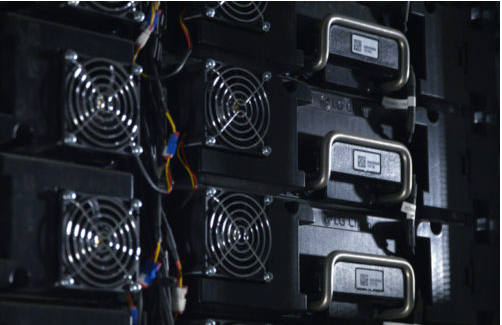The world’s largest lithium-based energy storage facility has just gotten a little bigger. Construction of Phase II of the Moss Landing Energy Storage Facility in California is now complete, adding 100 MW/400 MWh to the site, which now reaches 400 MW/1,600 MWh in total.
“This facility provides a solution California desperately needs and this expansion was able to come online at the right time – as the summer heat intensifies and demand for electricity is at its highest,” said Curt Morgan, chief executive officer at Vistra. “The state’s laudable immense buildout of intermittent renewable power has both lowered emissions and presented a reliability challenge. California produces an excess amount of renewable power during the day while the sun is up, but often struggles to meet demand as the sun goes down. Our Moss Landing battery system helps to fill that reliability gap, storing the excess daytime power so it doesn’t go to waste and then releasing it to the grid when it’s needed most.”
Announced just 15 months ago with construction starting in September 2020, the Phase II expansion project was completed in July 2021, ahead of schedule despite the many challenges presented by the COVID-19 pandemic. Burns & McDonnell installed the second phase of LG Energy Solution batteries.
The site is the existing Moss Landing Power Plant in Monterey County, a site that’s been providing electricity to Californians since 1950.
“What’s great about this particular site is that it has the space to support even further expansion — up to 1,500 MW/6,000 MWh — while responsibly utilizing our existing site infrastructure, including existing transmission lines and grid interconnection,” Morgan said. “California leads the country in the transition away from fossil fuels and the Moss Landing Energy Storage Facility stands as a model for how batteries can support intermittent renewables to help create a reliable grid of the future.”
The 100-MW/400-MWh Phase II expansion is operating under a 10-year resource adequacy agreement with PG&E. The 300-MW/1,200-MWh Phase I project has a similar 20-year resource adequacy agreement with PG&E.






